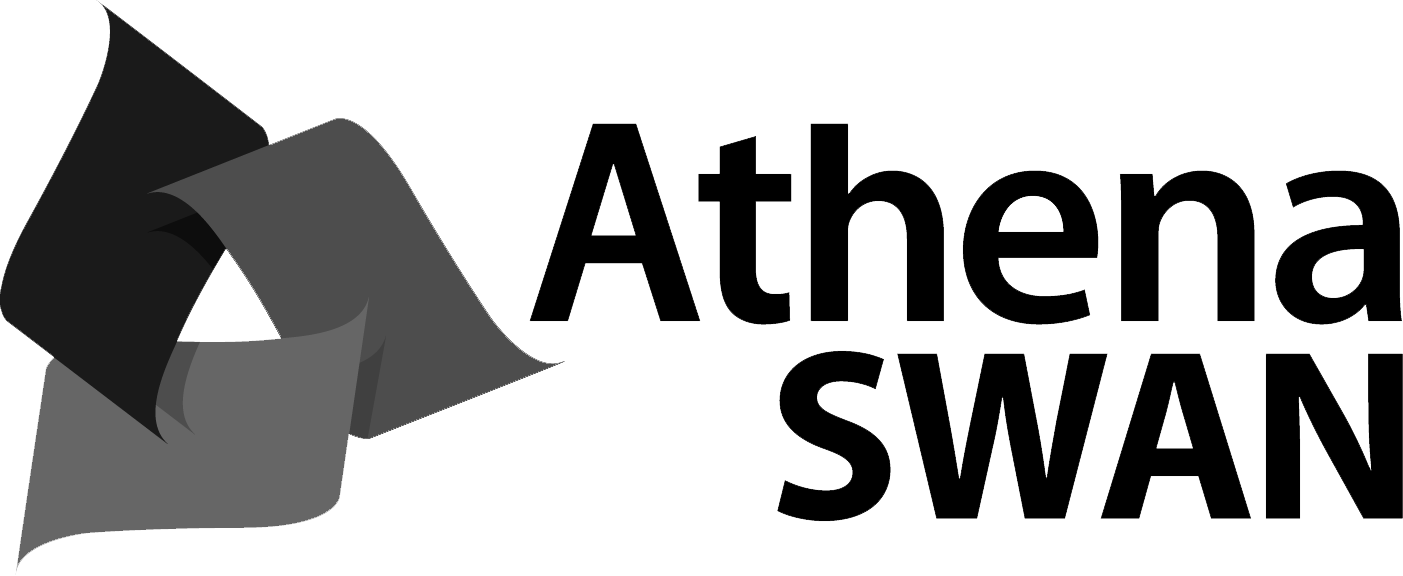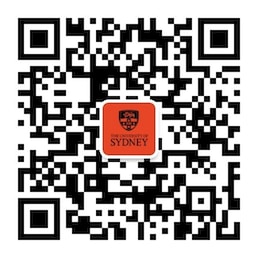This unit of study will provide a theoretical understanding of the science of computed tomography (CT). It will cover the basic physics of radiation attenuation, data acquisition, image reconstruction methods, and image display and recording. It will also include an overview of relevant post processing operations. Quality Assurance (QA) of CT scanners will be explored. Finally, CT radiation dose considerations, such as the measurement of Computed Tomography Dose Index (CTDI), the Dose Length Product (DLP), and the Effective Dose (ED), will be reviewed. The factors affecting dose will also be covered, along with approaches to reduce patient doses in the clinical setting.
Unit details and rules
| Academic unit | Clinical Imaging |
|---|---|
| Credit points | 6 |
| Prerequisites
?
|
None |
| Corequisites
?
|
None |
|
Prohibitions
?
|
None |
| Assumed knowledge
?
|
None |
| Available to study abroad and exchange students | No |
Teaching staff
| Coordinator | Roger Fulton, roger.fulton@sydney.edu.au |
|---|---|
| Lecturer(s) | Roger Fulton, roger.fulton@sydney.edu.au |





